Soybeans are one of the most important crops in the world yet few of us are aware of how much soy we eat - because we tend to consume it indirectly. The animals we eat, or from which we consume eggs or milk, are fed with soy. In fact, almost 80% of the world’s soybean crops are fed to livestock, especially for chicken, pork, salmon, egg, and dairy production (milk, cheeses, butter, yogurt, etc). Soy oil is also commonly used for cooking and can also be found in margarine, chocolate, non-dairy milks, ice cream or baked goods, as well as in cosmetics and soaps.
Our hunger for this bean has led to vast amounts of deforestation and habitat conversion in some of our most precious places, particularly in South America. The Cerrado, a vast tropical savanna, neighbouring the Amazon, is a lesser-known ecosystem that is 8 times the size of the United Kingdom, is home 5% of the world’s biodiversity. The Cerrado also plays a vital role in the fight against climate change, storing 13.7 billion tonnes of carbon- more than 36 times the annual net carbon emissions from the UK in 2024. Once covering an area half the size of Europe, only 20% of the Cerrado's original vegetation remains intact. The Cerrado facilitates the water cycle that keeps the Amazon alive, but in 2024 suffered its worst drought in 700 years due to climate change and increased water stress in the region.
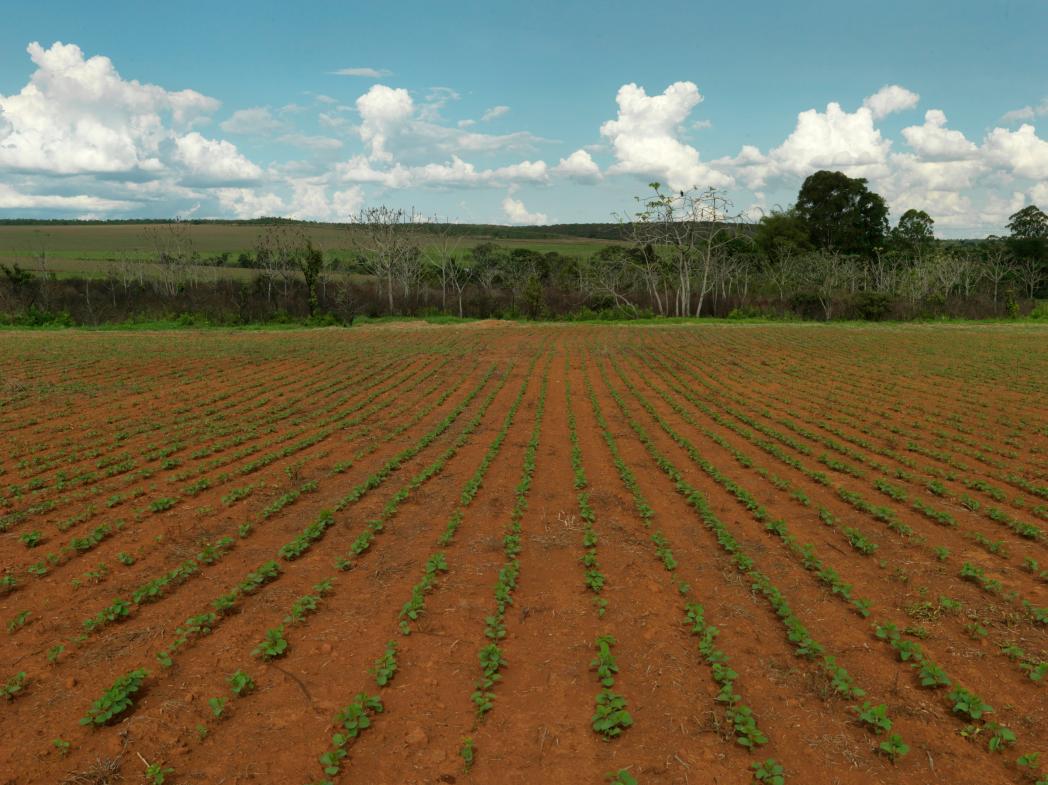
A soy farm in the Cerrado, Brazil
Without tackling global appetite for meat and animal products, further demand for soy is fueled, and consequently greater pressure is placed on the wooded grasslands of the Cerrado, and other ecosystems like the Gran Chaco in Argentina and Paraguay. The UK is an important market for soybeans and given the environmental impact of production, the UK must act on our responsibility to end soy driven deforestation and habitat conversion in these key soy sourcing regions.
How much soy am I eating?
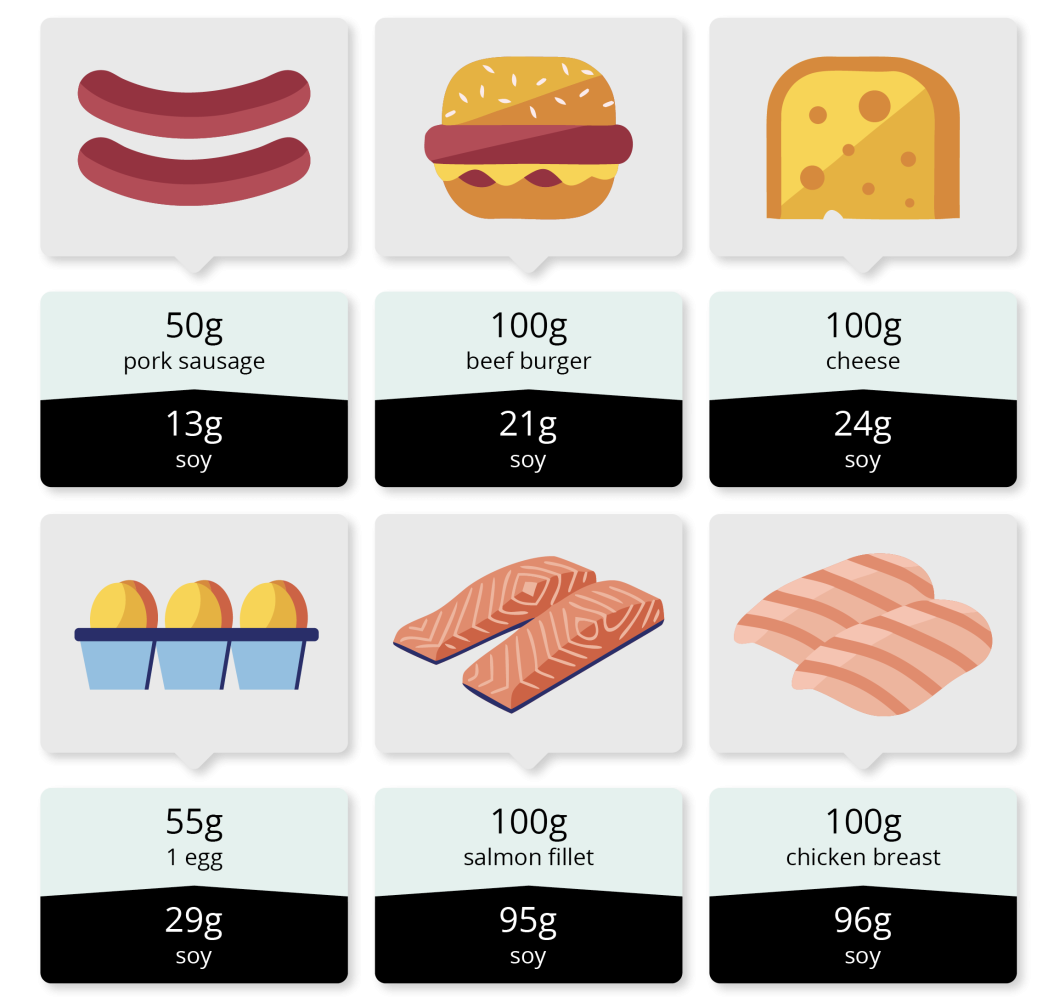
The soy in animal feed connects our everyday meals to deforestation in places like the Cerrado. Food companies have the power - and responsibility - to break that link and ensure our food protects nature instead of destroying it. Explore our virtual fridge to see more about how much soy is hidden in the food you love.
What is the current state of the soy transition?
Over the last two decades, many food companies have tried to tackle deforestation through voluntary efforts. But the truth is: these actions alone haven’t been enough to stop forests from being cleared. In 2025, we are still consuming food that is destroying forests.
The transition to deforestation- and conversion-free (DCF) soy is challenging due to the complexity of the supply chain. Mass-mixing of soy and inadequate traceability systems mean it is currently not possible to trace imported soybean back to the farm it was produced on. The UK government already has a potential solution: a law that would require businesses to check where the food they are buying comes from and take responsibility for destructive production impacts. Despite UK Government committing to this law in 2021, it has yet to be enacted. Meanwhile, the EU’s equivalent (EUDR) has been delayed by a further year, despite promises to implement it in 2023. These delays only allow destruction to rage on, and leave companies in limbo on how to ensure their businesses can operate within the law.
The Soy Scorecard 2025 update
We have delved a little deeper into the commitments and policies published by our most popular UK retailers, using only publicly available information, to see how they stack up against key criteria that WWF believes are essential to having a robust policy. We have assessed and awarded points to each retailer based on how far we think their policies, action plans and wider efforts are stacking up to advance progress towards deforestation-free soy. We looked at policies from Aldi, Asda, Iceland, Lidl, Marks and Spencer, Morrisons, Ocado, Sainsbury’s, Tesco, The Co-Op and Waitrose.
WWF have awarded a score based on five assessment criteria, shown in the annex of our accompanying report. There was one point available per criteria, aside from investment in landscape initiatives, which could score up to 3 points. Supermarkets could therefore achieve a maximum score of seven points, based on how far their policies, disclosures, and wider efforts are stacking up to advance progress towards deforestation- and conversion-free soy. WWF have highlighted retailers who have demonstrated best practice for specific criteria.
The scoring criteria used in this assessment is by no means an exhaustive list but instead represents what WWF see as the most important contributions, that all soy-using companies should be taking in the wake of missed 2025 targets. You can read more on scoring and analysis in the accompanying report.
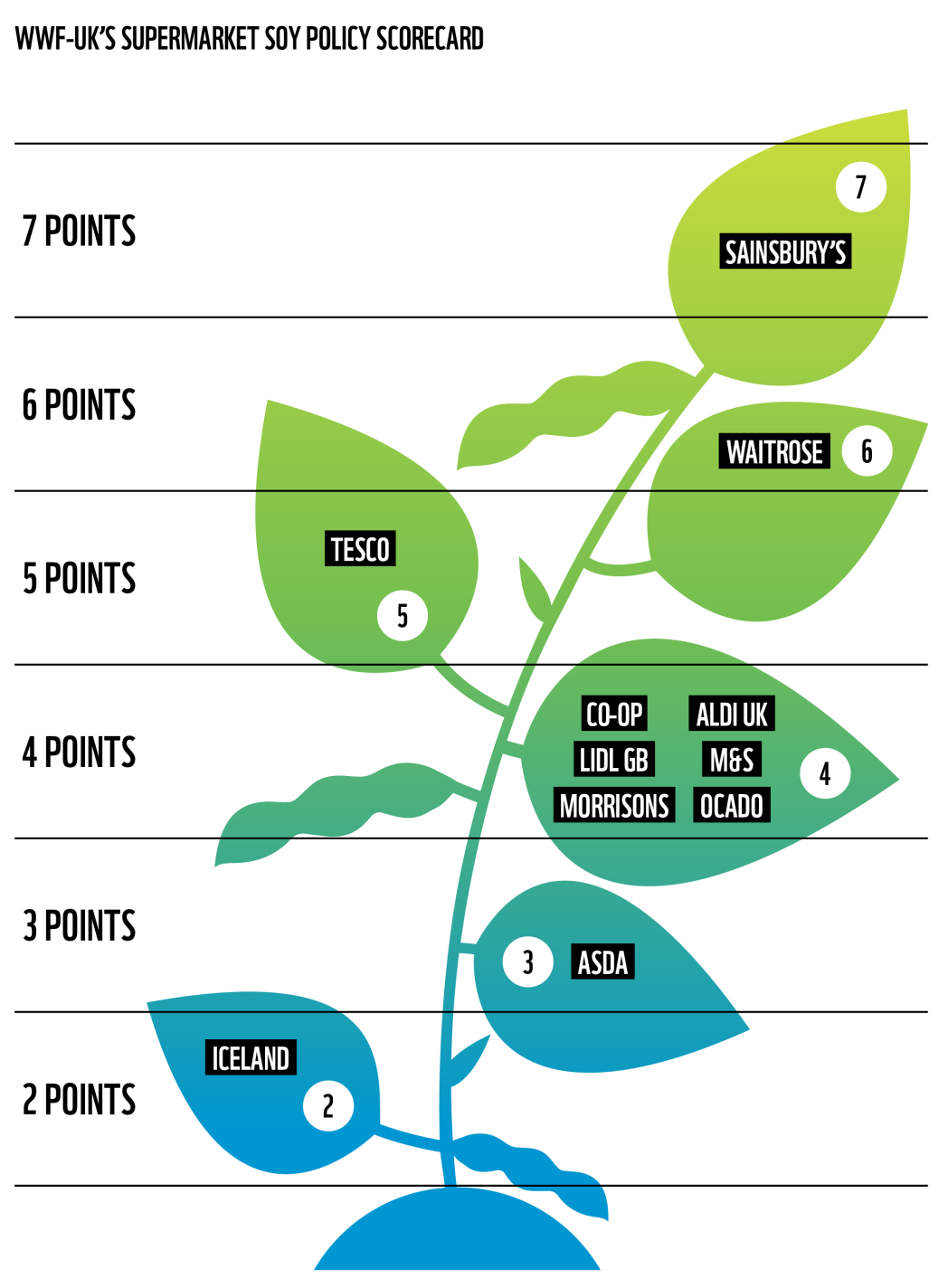
What our scoring showed:
UK retailers have long recognised the increasing risks of deforestation on their ability to stock shelves in the long-term. That is why they set critical targets to achieve 100% DCF supply chains by the end of 2025. This concerted effort by UK retailers is world-leading for their sector, but the 2025 targets are set to be missed. The critical next step will be the courage to retain these commitments with determination, rather than delaying further.
Transparency over how retailers are progressing on these targets is critical to identifying solutions. Encouragingly, 9 out of 11 retailers are already meeting WWF’s minimum expectations for up to date, public disclosure on how their soy is sourced, distinguishing between different mechanisms to reduce their impact on forests. The Co-op demonstrated best practice on disclosure, with transparent and comprehensive reporting. Tesco and Iceland missed the mark this year on disclosure, based on out of date or unclear reporting, but it is expected that they should reach this standard of disclosure in their next reporting cycle.
Almost all retailers are backing the development of a robust, industry-wide DCF standard for soy imports through their membership in the UK Soy Manifesto (UKSM). Their action in this group and investment in the standard for animal feed is designed to be globally applicable, which could have a transformative impact on shifting markets beyond the UK. Asda are the only non-members of the UKSM and are encouraged to support the development and adoption of these standards across their supplier base. Lidl-Int has gone one step further and is supporting methods to verify the physical flow of DCF soy shipments from Brazil to France and Germany, in conjunction with soy traders and the Earthworm Foundationvvi.
In order to achieve DCF goals, it is critical to support producers in the transition to DCF production landscapes. Sainsbury’s, Tesco, and Waitrose are putting commitments into action, investing directly in sustainable production by incentivising farmers to protect native vegetation in high-risk regions, like Ipiranga do Norte in Mato Grosso and Mineiros in the State of Goiás. Beyond 2025, WWF expects companies to publicly report on scale of their investments, following suit of Waitrose, who reports a high level of investment into landscape initiatives, taking into consideration the relative amount of soy they source. Sainsbury’s have also invested in an additional initiative to support sustainable agriculture in soy and cattle producing landscapes in Western Matto Grosso. These systemic investments are critical to overcoming persistent barriers to the DCF transition - particularly as governments and other powerful supply chain actors continue to fall short.
What next?
Commitments and policies are just the first step on the journey to tackle deforestation and habitat conversion. Food companies, including retailers, that are lagging behind should use this scorecard to assess where they could go further. These are the four recommendations we make to all food companies to demonstrate leadership in the path ahead:
- Enhance visibility and traceability for deforestation and conversion free (DCF) sourcing. Support and adopt robust standards on soy imports and implement into contractual agreements with suppliers, creating a consistent and credible framework to effectively evidence DCF sourcing.
- Invest in the protection & restoration of land, supporting landowners with responsible stewardship. There is critical need for finance in high-risk regions, such as the Cerrado in Brazil, which currently produces around 60% of Brazilian soy, leading to rapid loss of vegetation. Investment will enable the protection of habitats and restore degraded land, provide support to producers for sustainable production, reduce GHG emissions, and relieve ongoing pressures within production landscapes.
- Advocate government to ensure that the legal frameworks needed to support the entire supply chain to go deforestation and conversion-free are put in place. Retailers should use their voice to advocate for legislative and policy changes that would support and enable their businesses and suppliers to make the transition to deforestation and conversion-free soy.
- Take action in each of these areas while providing public transparency of plans, milestones, and progress in accordance with the recommendations of the globally recognised Accountability Framework initiative.
Whilst this Scorecard assesses the policies of UK supermarkets, this criteria is relevant to any company sourcing soy. With a rapidly closing window to safeguard our forest ecosystems, responsible companies must accelerate action to tackle deforestation and habitat conversion. WWF urges all soy-sourcing businesses to use this Scorecard as a benchmark to assess and strengthen their own policies.
Delays and broken promises don’t just hurt forests - they affect the climate, wildlife, and people’s lives. It’s time for governments – alongside responsible businesses - to step up and turn words into action.
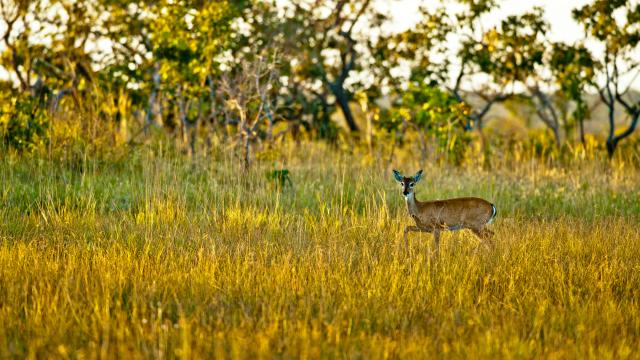
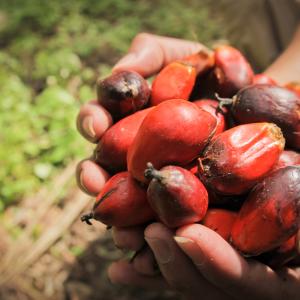 8 things to know about palm oil
8 things to know about palm oil
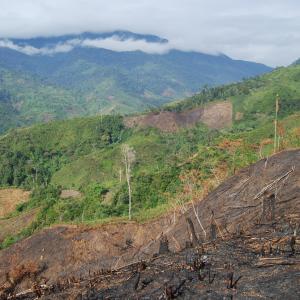 5 ways to stop deforestation in our food
5 ways to stop deforestation in our food
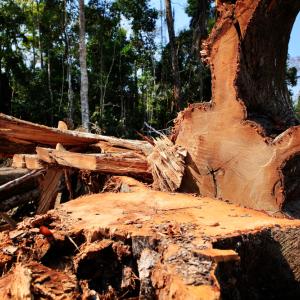 Our 10 myths about deforestation
Our 10 myths about deforestation